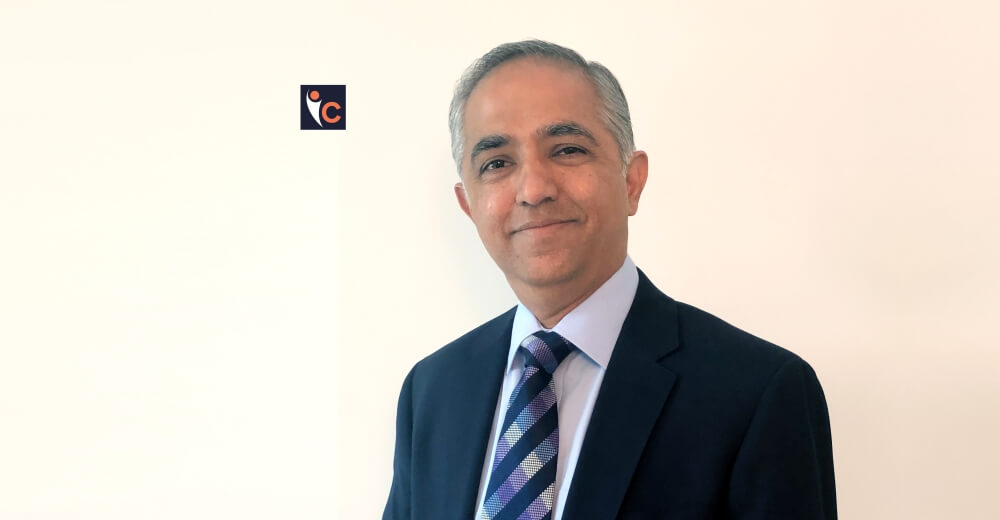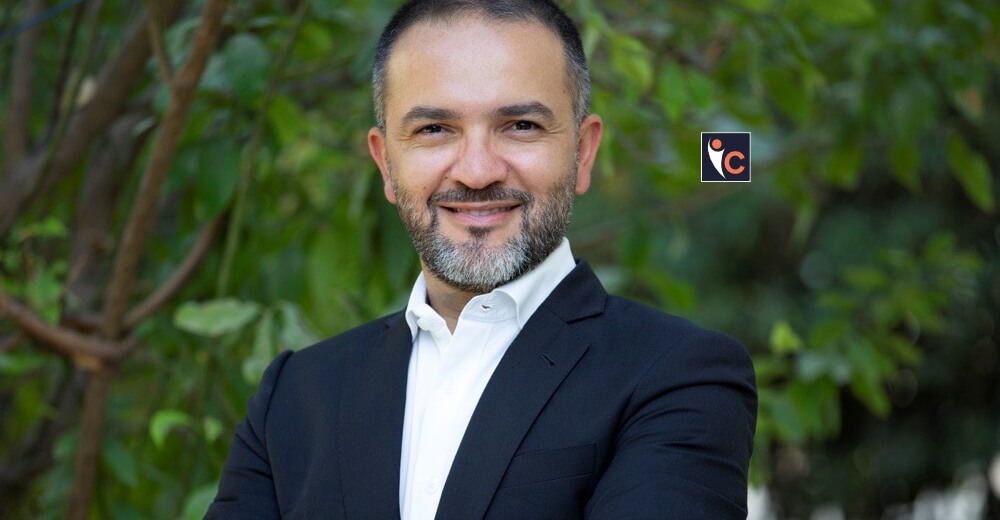Thanks to technology, the healthcare sector is progressing at a revolutionary pace. The advanced technology and medical gadgets being manufactured are enabling healthcare professionals to increase their success rates in operation rooms, research and the timely development of vaccines, drugs and medicines.
Now that healthcare has substantially modernized, there is optimistic hope for surgeons in taking every measure to achieve desired results in one surgery, reducing or eliminating the need for another surgery, especially for removing cancerous cells.
One of the most concerning issues amongst women worldwide is Breast cancer. In order to remove the tumor cells completely, women have to go through various procedures, surgeries, and multiple rounds of treatment. As the number of re-excision surgeries increases along with the impaired tissue, the healthy tissue too gets affected.
Thankfully, there is medical imaging technology today that can help surgeons effectively visualize surgery margins in the operating theatre itself, significantly reducing the excessive number of re-excision surgeries. The leading manufacturer and provider of this ground-breaking imaging technology are KUB Technologies, Inc.
Based in Stratford, Connecticut, KUBTEC is challenging the status quo of breast cancer surgery and is committed to reducing the excessive number of re-excision surgeries. Leading the company in its innovation and growth is the company’s visionary Founder and CEO—Vikram Butani.
In the following excerpts, we will get to know more about KUBTEC’s journey in bringing empowering medical technology solutions to the market and their specialties.
A Superior and Faster Solution
When Vikram founded KUBTEC in 2005, it was with a mission to provide best-in-class specimen imaging for pathology because he found out that most facilities were using old X-ray film-based equipment or low-resolution general-purpose cabinet systems; as their “standard of care.” He thought there must be a better way, so he and his team designed a superior solution with proprietary features that added value and reduced turnaround time, enabling them to provide results faster.
“Today, KUBTEC is an acknowledged leader in the field of breast cancer margin management, and our systems can be found in pathology, radiology and ORs around the world. So, our affinity for the pathology imaging space runs through the entire fabric of Kubtec,” Vikram told us.
The Visionary Leader
Vikram Butani, the Founder and CEO of KUBTEC, comes from a family of doctors. Not pursuing a career in medicine, Vikram was looking for an opportunity that could make a difference in healthcare. Reminiscing about the initial idea for the company, Vikram says, “When I came across the need for superior imaging of excised tissue in pathology, I decided to pursue the challenge. My wife and I started the company out of our spare bedroom.”
Further, he emphasizes that “Our commitment was and has always been to provide more personalized and attentive service and support to our customers and their patients.”
Vikram and his team built customer loyalty from a small install base and then developed a portfolio to leverage the company’s technological superiority into the OR and biopsy suites, which were and still are the domains of radiology. “While doing our research, we learned breast cancer surgery has a very high re-excision rate. Studies show that close to 30% of patients need to come back for a second surgery as the surgeon was unable to clearly visualize their margins at the time of surgery, and it’s not until they receive the final pathology report that they would know if the operation was a success.”
That confirmed to Vikram and his team that there was a very close relationship between the breast surgeons and the pathology gross room, giving the team a whole new direction to explore. The company set out to solve this problem and launched the MOZART Specimen Tomosynthesis (3D) system, which brings an element of real-time pathology right into the OR, enabling surgeons and radiologists to accurately identify positive or close margins intraoperatively. “KUBTEC’s journey has been part evolution, part revolution, with everything based upon a constant stream of proprietary innovation created by the company,” Vikram added.
On a Mission
Informing us more about the vision and mission statement for the company, Vikram says, “Well, within the digital pathology community, our mission is simple and practical. We’re on a mission to improve patient turnaround time in pathology.”
Pathology professionals play an important role in the delivery of timely and effective patient care, so KUBTEC creates proprietary products and services that enable them to be more efficient by reducing specimen handling time. Within a wider framework, the company is focused on disease states where its technology can make a real difference in the delivery of care for patients and providers.
KUBTEC is a privately held organization that does not answer Wall Street or anonymous institutional shareholders. Vikram tells us, “Whenever we see an opportunity to improve the delivery of care, we move quickly.” In fact, the company’s manifesto states that “Impatience is our virtue.”
The goal of KUBTEC’s management is to always be first to market with innovations. As such, it strives to make a life-changing difference for breast cancer patients and regards every surgery as an opportunity to improve someone’s life.
In addition, the company values simply “doing the right thing,” behaving ethically and thoughtfully, being accountable, and “creating social change.” Vikram underlines that “We champion our role as good corporate citizens and are driven to make a difference by supporting initiatives that reduce inequality and improve the health and well-being of those everywhere.”
Where innovation has No End
When asked about what keeps the company apart from the competitors in the industry, Vikram responded with, “Innovation, Innovation, Innovation.”
He adds, “Not just in product technology but also in the way we support our customers. We live in a totally connected world where customer expectations for support are more than just a 24-hour 1-800 number.”
He continues, “From the very first system we installed in 2005, all KUBTEC systems feature remote support where we can troubleshoot any of our systems and automatically perform software updates right from our Technical Center.”
KUBTEC XPERT and MOZART systems feature KUBALERT, which conducts on-board diagnostics and sends out a report to pre-empt a system failure. The company recently introduced the KUBTEC App, which will help the user reach a factory support engineer instantaneously through the app to eliminate any downtime.
3D Tomosynthesis Technology
3D tomosynthesis technology is one of the major solutions offered by KUBTEC. Revealing more about this technology solution, Vikram tells us, “3D tomosynthesis, embodied in the KUBTEC MOZART system, enables surgeons to make better intraoperative decisions based upon an image that accurately reflects the true anatomy of the specimen.”
He adds, “Clinical studies have shown that use of the MOZART system reduces re-excisions by 50%, preserves healthy tissue for better cosmesis, improves surgical efficiency and lowers costs. That’s good news for the patient, the hospital and the payer.”
Empowering Clinicians with Technology
Only KUBTEC uses tomosynthesis to provide clinicians and pathology professionals with three-dimensional images of surgical specimens. This enables them to identify the exact location of the tumor and its proximity to all edges of the specimen. If additional tissue excision is required, they can do it right there as part of the index procedure.
What’s more, the data-rich 3D image enables the use of artificial intelligence to automatically flag when the biopsy clip is too close to the edge of the specimen; a KUBTEC-patented technology that the company is further developing to identify other features.
Constantly Improving the Customer Experience
KUBTEC’s team is strongly focused on providing a quality customer experience all the time. It constantly looks to improve the customer experience by making the process more efficient.
Explaining what helped the company gain significant leadership in the market, Vikram says, “We were the first to introduce a larger imaging area of 8“x8” in 2005 and 16“x16” in 2007 when all that was available was 4“x4”.”
Moreover, KUBTEC was the first company to integrate an optical camera and introduce its proprietary blender technology and the first to offer a density profile feature that is useful for the bone decalcification process.
Partnering with Early-adopters and Innovators
Innovative technology solutions are rapidly becoming an integral part of every sector. Giving his take on the impact of technology adaptation in the healthcare sector, Vikram says, “In my experience, a lot of healthcare providers are cautious about adopting new technologies, mainly because of their facility’s documented protocols and strict regulatory requirements.”
However, Vikram adds, “Our job is to seek out innovators or ‘early-adopters’ of new digital technology solutions and partner with them to acquire detailed insights into their pain points and ever-evolving demands to ensure our systems consistently meet their requirements now and in the future.”
This partnership helps KUBTEC to establish early technology adoption at Centers of Excellence around the world that can influence a “new” standardization of care.
Offering Valuable Guidance
Vikram has been in the healthcare industry for years, focused on creating advanced pathology solutions. With him, there is vast wisdom in researching and developing medical devices. From his expertise, he offers the new aspirants in the pathology space the following words of guidance:
He says, “I am a great believer in being laser-focused on patient outcomes, and with that, you uncover customer pain points or their unmet needs. Technology has come so far, and there is a lot of room to make the pathology process more efficient and more effective.”
“Few people focus on pathology as it is not as glamorous as some of the other departments. If you have something that you believe can make a difference and help improve workflow, then speak to the pathologists, speak to the PAs, and speak to the laboratory professionals before you take off on a business venture,” marks Vikram.
The Way Onwards
Expanding on the plans for the company for the remaining part of 2022 and onwards, Vikram says, “We’ve just launched a new product, the GammaPRO system, which is a highly advanced Wireless Sentinel Lymph Node Localization Technology, and we have other new platforms in the pipeline for this year and next.”
The offices of KUBTEC were moved into their current building in 2021, and already the team has outgrown it. The company has acquired some land adjacent to its HQ in Stratford, CT, and will be breaking ground on a new manufacturing facility later this year. “We are constantly hiring for engineers, sales and manufacturing, which is a great challenge to have in today’s economic environment,” Vikram stated.
Demonstrating Excellence
“You have a much better view with specimen tomosynthesis of exactly what needs to be removed. I avoid excessive tissue being taken from the patient, and the patient likes it because the cosmetic result is better.” “Specimen tomosynthesis is a no-brainer. If you’re a breast surgeon and you want to provide the best care, this is it. To identify whether you’ve done the right operation, you need this.” Cary Kaufman, MD, FACS Associate Clinical Professor of Surgery, Bellingham Regional Breast Center
“For my practice, and many breast cancer centers of excellence around the world. Using 3D specimen tomosynthesis during surgery has helped the best surgeons reduce their re-excision rates even more.” Sheldon M. Feldman, MD, FACS Chief of Breast Surgery and Breast Surgical Oncology and Director of Breast Cancer Services at Montefiore Health System, New York, NY
“3D tomography has radically streamlined breast cancer surgery by allowing surgeons to better visualize the breast and affected area, even through dense breast tissue, in the operating room.” Roshni Rao, MD, FACS Chief of Breast Surgery Program at New York-Presbyterian/Columbia University Irving Medical Center
Awards:
Marcum Tech Top 40: 2019, 2020, 2021
| Next Story: https://insightscare.com/tissuegnostics-gmbh-a-trendsetter-for-automated-microscopy-and-tissue-cytometry/ |















